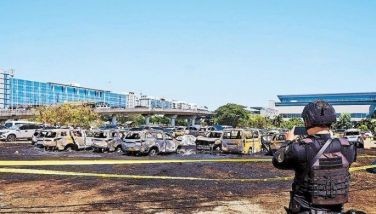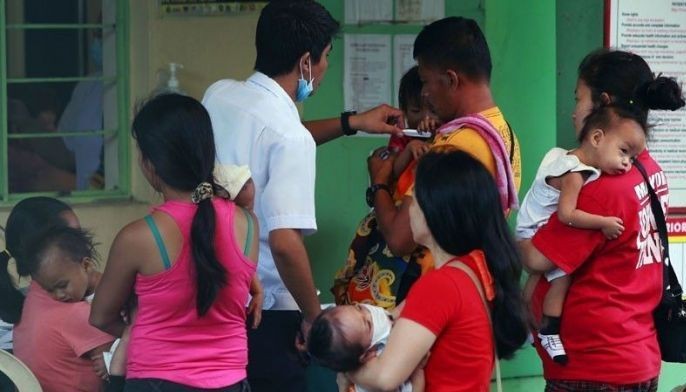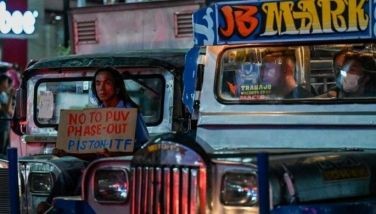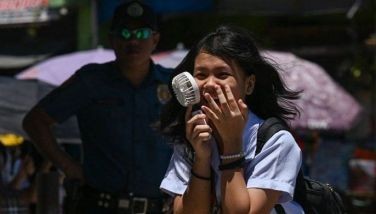WHO: Kids need full polio vaccination
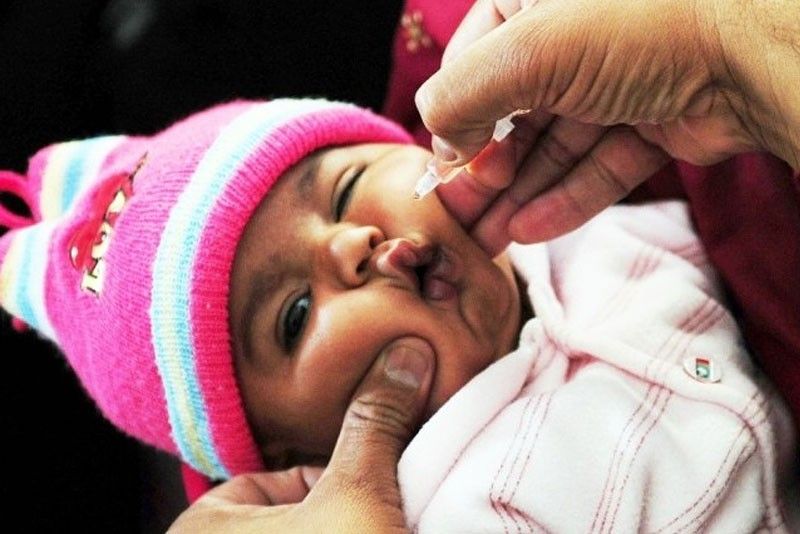
MANILA, Philippines — Up to 60 percent of the vaccinated Filipino children are still unprotected and may acquire the polio type 2 virus that has re-emerged in the country, according to the World Health Organization (WHO).
In an interview Thursday night with “The Chiefs” on Cignal TV’s One News, WHO country representative Rabindra Abeyasinghe said only 40 percent of vaccinated children were injected with vaccine containing the component against type 2 poliovirus.
“What that translates to is, among vaccinated children, six in 10 are unprotected from type 2 virus because they didn’t complete the required regimen,” he pointed out.
According to Abeyasinghe, children are required to receive three doses of the oral polio vaccine and one that is injectable to get full protection from the three different types of poliovirus.
He noted that the type 2 polio component is no longer contained in the oral polio vaccine because the virus has already been eradicated globally.
“That is why this particular vaccine-derived polio outbreak (in the Philippines) is very concerning because we have been protecting the children against type 1 and 3,” he said.
The WHO said only the injectable poliovirus has the three strains, so a child needs to receive all three doses of oral vaccine plus the injectable vaccine to acquire immunity from type 2 virus.
Both the oral and injectable polio vaccines, Abeyasinghe explained, work differently since the former contains “weakened virus” which multiplies in the digestive system to develop immunity. Those who receive the oral polio also excrete the virus and when this happens, few people who have not been vaccinated could get infected.
Thus, he said, 95 percent of children population should be immunized so they are protected from the virus that may survive after being excreted by vaccinated children. He added that infection occurs only when there is low immunization coverage, like what happened in the Philippines.
The weakened virus from the vaccine, he pointed out, does not have the ability to cause disease although there are some that mutate and develop into a virus causing illness, which is called “vaccine derived virus.”
Since 2015, the Philippines and other countries have stopped giving vaccine containing type 2 virus in routine immunization.
“So, when the virus isolated in the kid found to be type 2, it meant that it survived in the Philippine environment from 2015 or even before. That’s a minimum of five years,” Abeyasinghe said.
All the three types of poliovirus, he added, cause mild infection at the beginning manifesting into fever, body ache and diarrhea.
He also said that one in 200 who get infected with polio suffers from weakness of the limbs that could progress into paralysis.
“When paralysis sets in, it’s already irreversible and 10 percent of those with paralysis could die because of paralysis of the respiratory system,” Abeyasinghe said.
As to what happened in the Philippines, the WHO official explained that many children were unable to complete the required three doses of oral vaccine and one injectable vaccine due to the shortage of health workers qualified to administer injection.
The other reasons he cited were the lack of vaccine itself, hesitance to get vaccinated and the Dengvaxia controversy.
“Not in the Philippines, but globally there is a move to discourage parents from vaccinating children. There are groups of people who believe vaccine are not useful and can actually be harmful,” Abeyasinghe disclosed.
He said these groups have been circulating unproven stories on the questionable safety and efficacy of vaccination.
“The result of that is we have an outbreak, like the measles outbreak that has resulted in 550 deaths (in the Philippines). There are multiple groups of people who discourage vaccine for multiple reasons, I am not sure which groups are having the largest impact on the Philippines,” he noted.
After the Dengvaxia controversy, Abeyasinghe said, the Department of Health (DOH) recorded a drop in vaccine coverage in all vaccine-preventable diseases.
“Dengvaxia generated a lot of anxiety,” he said, stressing the importance of sharing only evidence-based information and not hearsay that can lead to confusion.
Abeyasinghe lauded the DOH’s response to the polio outbreak, including the holding of massive immunization in affected areas.
Although there are many challenges, he expressed confidence that the Philippines would be able to immunize 95 percent of children under five and stop polio transmission.
“You had high coverage and certified polio free in 2000. You did it before and can do it again,” he said.
Abeyasinghe advised parents to have their children immunized and for the public to observe proper hygiene and not to eat raw fish.
- Latest
- Trending
















